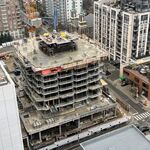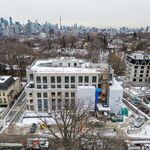aquateam
Active Member
The Transit app shows the real headways, which are better than what the STM shows on these tables. They have improved the headways significantly in the past few years (well, since Projet Montréal is in power at city hall).
On weekdays, it's 5 minutes or better until 10:30 pm. Even at midnight it's still 8 minutes.
On Saturdays and Sundays, the headway is 6 minutes or better all day, and goes to 10 minutes on the green line starting at 22h45. It's every 6 minutes until 8pm, then every 8 minutes until 10:30, every 9 minutes until ~midnight and then every 10 minutes until closing time.
The only
I'll take your word on it, I left Montreal early last year. And before I left, I mostly switched to biking since it seemed to be by far the best/fastest way to get around the city. I loved the Transit App, but I found that it seemed to be schedule-based instead of GPS-based (the STM bus-network didn't share its real-time location data), based on the number of "ghost" buses that would show up on the app but never came.
I think Toronto just spoiled my expectations of headway and operating time: I was used to catching a train at 1:45 AM in Toronto and not having to wait more than 5 minutes for it. It only takes a couple missed trains at 10+ minute headways in Montreal before you get irritable.
Compared to American systems, where 15 minutes is their rush hour frequency, we are lucky in Canada.




